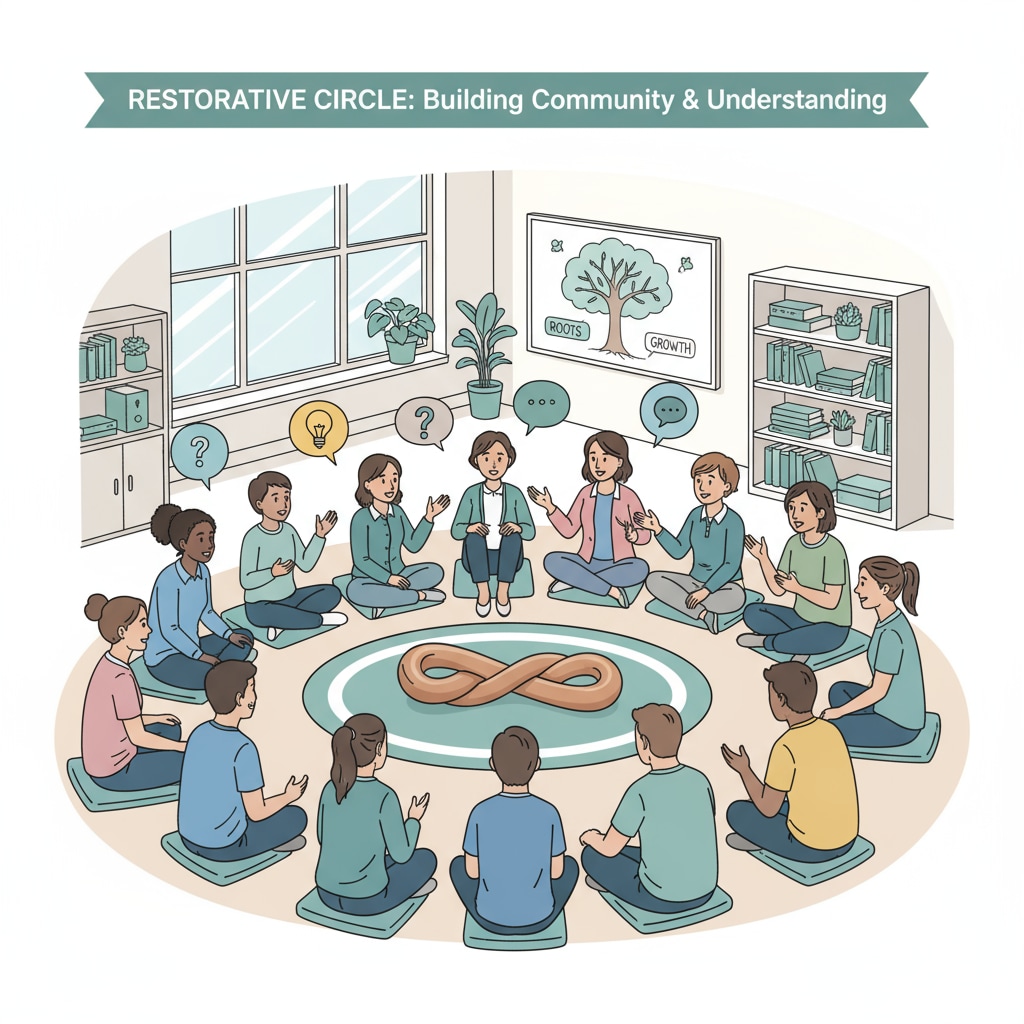In the realm of education, the intersection of restorative discipline practices, parental demands, and school policies presents a complex challenge for school administrators. As schools increasingly embrace restorative discipline, which focuses on repairing harm and building relationships rather than punitive measures, they often encounter parents who hold traditional views and seek more severe forms of punishment for student misbehavior. This article delves into how school leaders can navigate this delicate balance, fostering an environment that respects both the principles of restorative discipline and the concerns of parents.

The Clash of Perspectives
Restorative discipline is a proactive approach that aims to address the root causes of misbehavior and promote positive change. It involves processes such as circles, mediation, and conferencing, where students take responsibility for their actions and work towards repairing the harm they’ve caused. However, some parents are accustomed to the more punitive systems of the past. They believe that strict punishments like detention, suspension, or expulsion are necessary to maintain order and teach children a lesson. This difference in viewpoints can create tension between the school and parents.
Restorative Justice on Wikipedia
Effective Communication as the Foundation
Open and honest communication is crucial in bridging the gap between the school’s restorative discipline philosophy and parental expectations. School administrators should initiate conversations early on, explaining the principles and benefits of restorative discipline. They can share success stories and data demonstrating how this approach leads to improved student behavior, better relationships, and enhanced academic performance. By involving parents in the process, schools can build trust and understanding. For example, hosting workshops or information sessions where parents can learn about restorative practices firsthand can be highly effective.

Building Educational Consensus
In addition to communication, schools need to work with parents to build a shared educational vision. This can involve creating opportunities for parents to contribute to the development of school discipline policies. By including parental perspectives in the decision-making process, schools can make parents feel more invested in the restorative approach. Moreover, providing parents with resources and training on restorative practices can help them support these efforts at home. This collaborative approach can lead to a greater acceptance of restorative discipline among parents.
Educational Psychology on Britannica
Readability guidance: Throughout the article, short paragraphs and lists are used to convey information clearly. For example, in the section on building educational consensus, we list the steps schools can take to involve parents. Passive voice is minimized, and active voice is used to make the writing more engaging. Transition words like “however,” “in addition,” and “for example” are used to connect ideas and make the flow of the article smooth.


